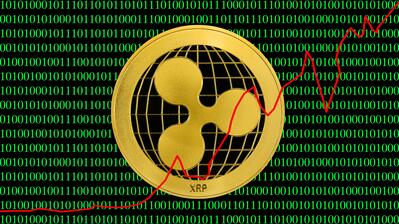Australia, NZ dollars firm but face resistance at 2025 highs

SYDNEY, Feb 24 (Reuters) - The Australian and New Zealand dollars edged higher on Monday, with the U.S. dollar under broad pressure in the face of a stronger euro, although the two currencies still face heavy resistance at their 2025 highs.
The Aussie rose 0.5% to $0.6387 AUD=D3, having skidded 0.7% on Friday away from a 2025 high of $0.6408. It faces resistance at the 100-day moving average of $0.6404 after eking out a small 0.1% gain last week.
The kiwi dollar NZD=D3 was also up 0.4% at $0.5765, after falling 0.4% on Friday to move away from a 2025 high of $0.5771. Resistance is at $0.5793, having finished last week 0.2% higher.
In the broader market, the euro EUR=EBS gained 0.6% after Germany's election produced no nasty surprises. That pressured the dollar broadly, giving the two antipodeans room to rebound after heavy losses on Friday.
Wall Street had taken a hit when a survey on services showed a shock slide in U.S. activity amid concerns about tariffs and cost pressures. Treasury yields fell to two-week lows as the U.S. economy lost some of its shine.
Domestic bonds extended the global rally on Monday. Australia's three-year government bond futures YTTc1 jumped 8 ticks to 96.14, while 10-year futures YTCc1 were up 7 ticks at 95.53.
Investors are also keeping a close eye on the prospects of a trade deal with Washington and Beijing as top officials held a phone call on Friday. The Chinese yuan hovered near its three-month highs.
However, analysts at the Commonwealth Bank of Australia said the recovery in the Australian dollar, which is often sold as a liquid proxy for the yuan, may prove short-lived.
"China and the U.S. have opposing interests on a range of issues that make a deal difficult to agree and keep in the medium term. We still consider AUD/USD has material downside, dipping below 0.60, until 'peak tariff' is reached."
Australia is due to publish monthly inflation figures for January on Wednesday. Consumer prices are forecast to rise 2.5% from a year earlier, unchanged from the previous month. Swaps imply 47 basis points of easing from the Reserve Bank of Australia, equivalent to two rate cuts. 0#AUDIRPR
Data from New Zealand on Monday showed retail sales rose a solid 0.9% in the fourth quarter as rate cuts worked to stimulate consumer demand in a still sluggish economy.







